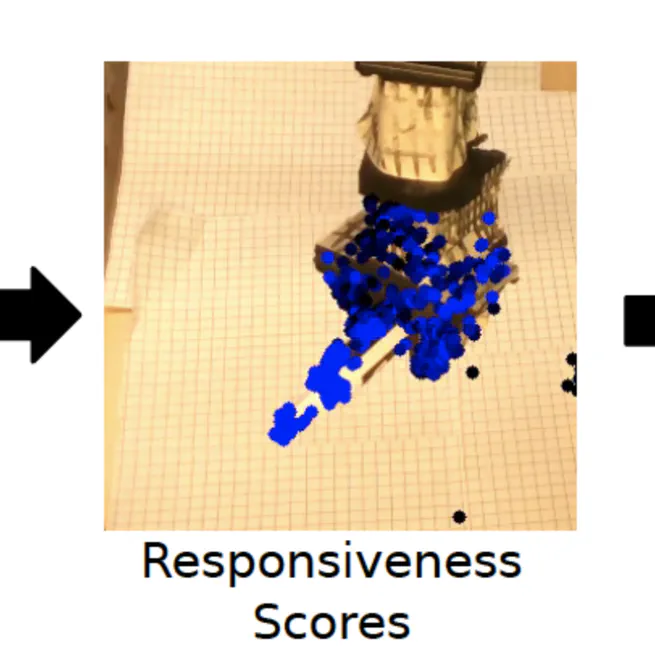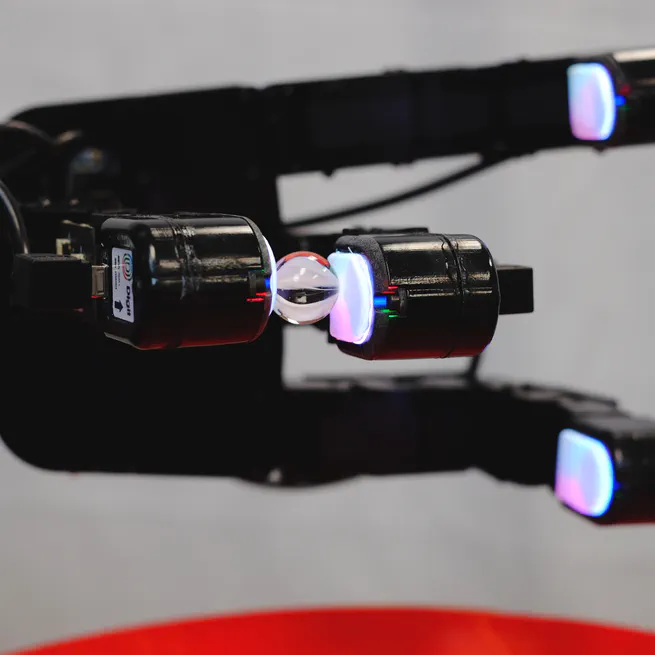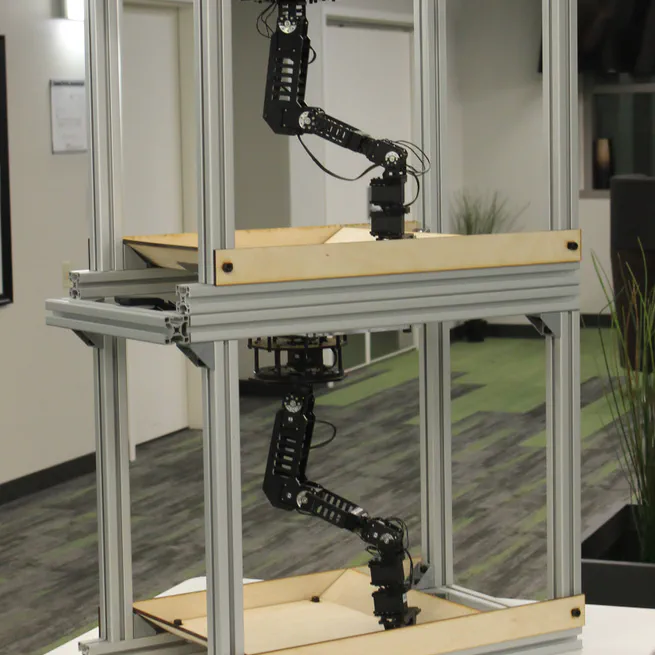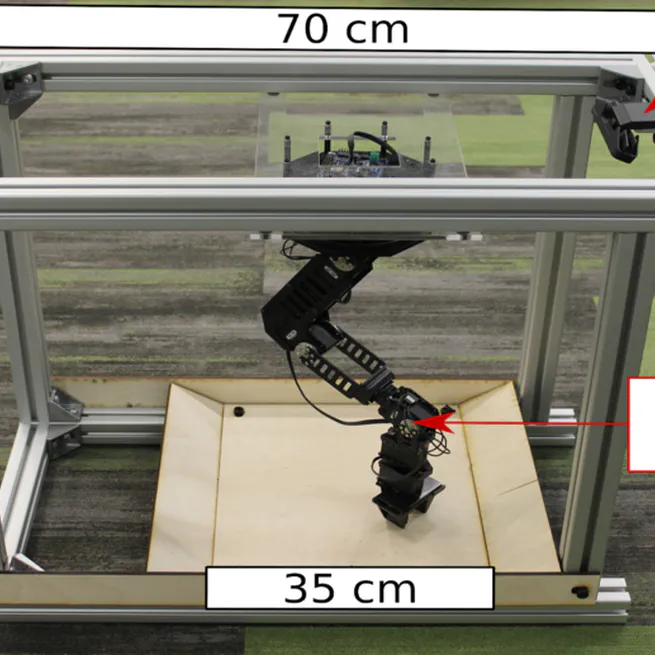We learn reward functions in unsupervised object keypoint space, to allow us to follow third-person demonstrations with model-based RL.
Oct 15, 15150

We demonstrate visual control within 20 seconds on a robot with unknown morphology, from a single uncalibrated RGBD camera.
May 17, 17170

We design and demonstrate a new tactile sensor for in-hand tactile manipulation in a robotic hand.
May 17, 17170

We propose a low-cost compact easily replicable hardware stack for manipulation tasks, that can be assembled within a few hours. We also provide implementations of robot learning algorithms for grasping (supervised learning) and reaching (reinforcement learning). Contributions invited!
Jan 1, 1010

We propose a low-cost compact easily replicable hardware stack for manipulation tasks, that can be assembled within a few hours. We also provide implementations of robot learning algorithms for grasping (supervised learning) and reaching (reinforcement learning). Contributions invited!
Jan 1, 1010
High-resolution tactile sensing together with visual approaches to prediction and planning with deep neural networks enables high-precision tactile servoing tasks.
Jan 1, 1010
By exploiting high precision tactile sensing with deep learning, robots can effectively iteratively adjust their grasp configurations to boost grasping performance from 65% to 94%.
Jan 1, 1010